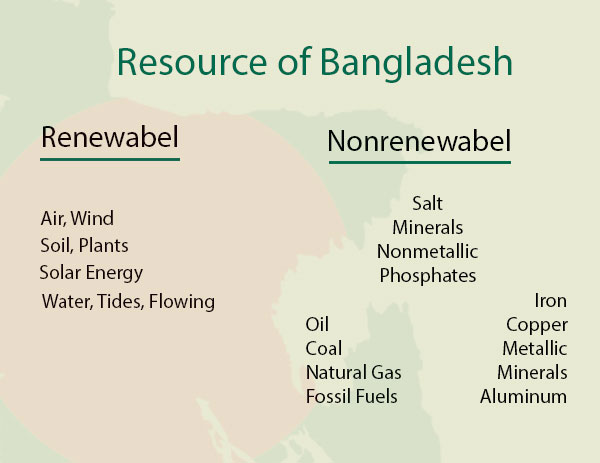Bangladesh : Land, Resources & Natural Regions
Most of Bangladesh lies within the broad delta formed by the Ganges and Brahmaputra rivers and is exceedingly flat, low-lying, and subject to annual flooding. Much fertile, alluvial soil is deposited by the floodwaters. The only significant area of hilly terrain, constituting less than one-tenth of the nation's territory, is the Chattogram Hill Tracts District in the narrow southeastern panhandle of the country. There, on the border with Myanmar, is Mowdok Mual (1,003 m/3,291 ft), the country's highest peak. Small, scattered hills lie along or near the eastern and northern borders with India. The eroded remnants of two old alluvial terraces-the Madhupur Tract, in the north central part of the country, and The Barind, straddling the northwestern boundary with India-attain elevations of about 30 m (about 100 ft). The soil here is much less fertile than the annually replenished alluvium of the surrounding floodplain.
- Total area: 144,000 square kilometers;
- Land area: 133,910 square kilometers
- Land boundaries: 4,246 km total; 193 km with Myanmar, 4,053 km with India,
- Coastline: 580 km.
- arable land 67%
- forest and woodland 16%
- permanent crops 2%
- meadows and pastures 4%
- others 11%
